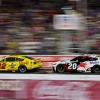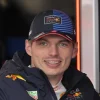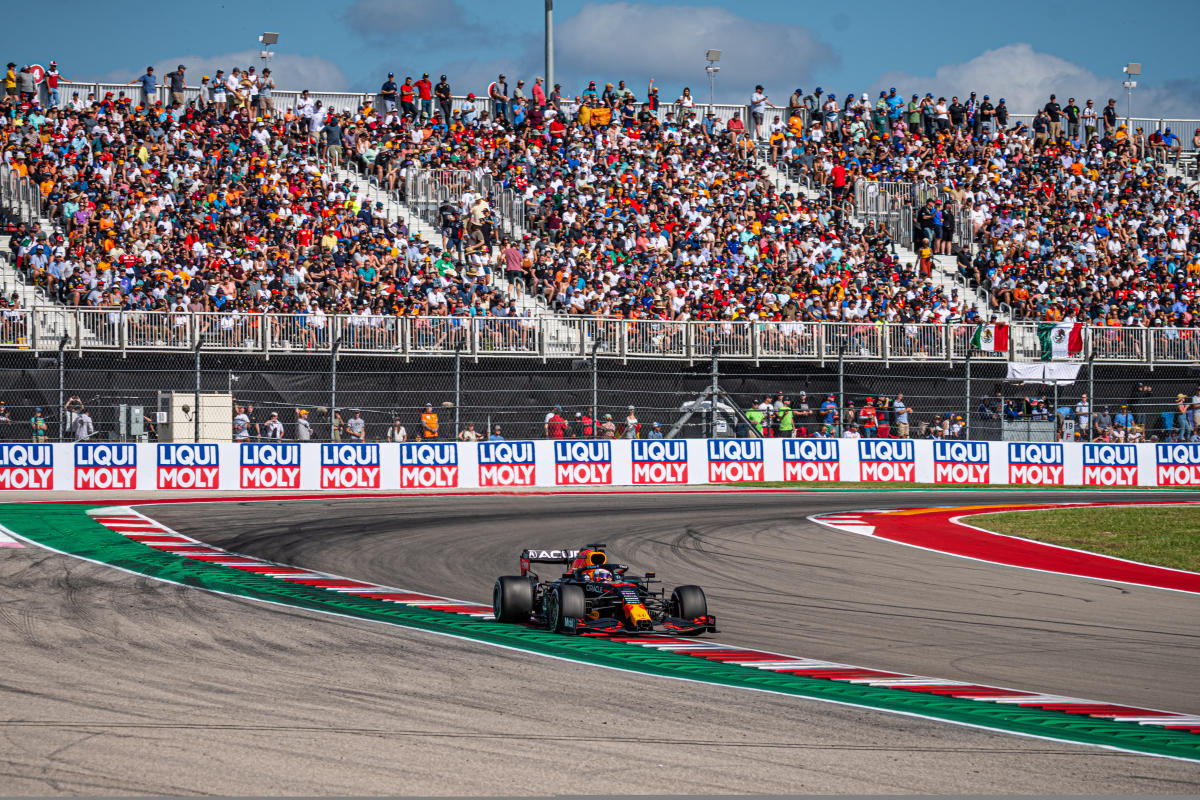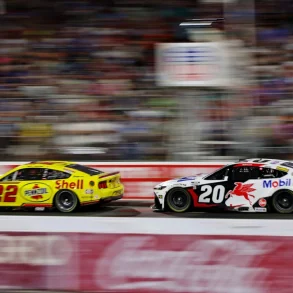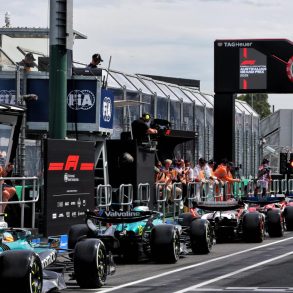Certain racetracks transcend mere asphalt and become hallowed ground in motorsport. These tracks, steeped in history and tradition, hold a special place in the hearts of racing fans and drivers alike.
According to Hermann Tilke, managing director of Tilke Engineers & Architects, the rich history of these tracks is what sets them apart. Tracks like Interlagos in Brazil or Assen in the Netherlands are revered for the countless iconic moments that have unfolded on their corners, much like the legendary arenas of other sports.
But what about newer circuits, lacking in the lore of their older counterparts? While a football player may not get excited about playing at a recently built stadium, racers often express exhilaration at the prospect of conquering modern marvels like the Circuit of the Americas in Austin, Texas.

Pato O’Ward, a standout in both IndyCar and Formula One, believes that the appeal of a track lies in its compatibility with the vehicles that race on it. Each track has its own unique characteristics, catering to different types of racing machines. For example, while Barber Motorsports Park may be more suited to motorcycles, it still provides an enjoyable experience for cars.
This understanding of what racers want from a circuit is what sets Tilke Engineers & Architects apart in track design. With their extensive background in racing, including Hermann Tilke’s experience as a touring car driver and Carsten Tilke’s involvement in endurance racing, they have a deep understanding of the nuances of track design.
One of the key factors in designing a successful circuit is considering the intended use of the track. Whether it’s catering to Formula One, MotoGP, GT racing, or club racing, each track must be tailored to meet the specific needs of its users.
Despite the challenges involved in track design, the Tilkes have a knack for creating circuits that are universally beloved by racers. Tracks like the Circuit of the Americas, with its exhilarating first sector and demanding layout, provide an unmatched experience for both drivers and spectators alike.
As racing continues to evolve, perhaps these modern circuits will one day be celebrated in the same way as their historic counterparts, cementing their place in motorsport history.
